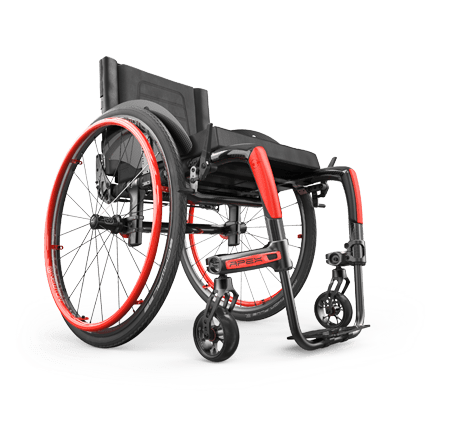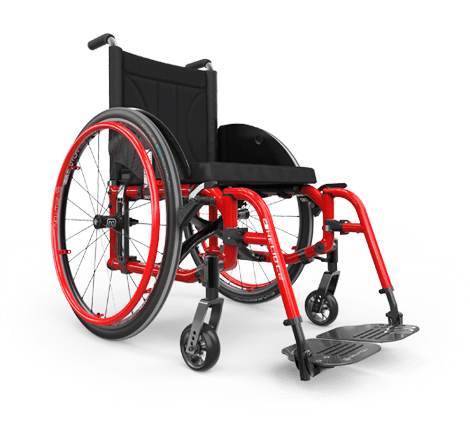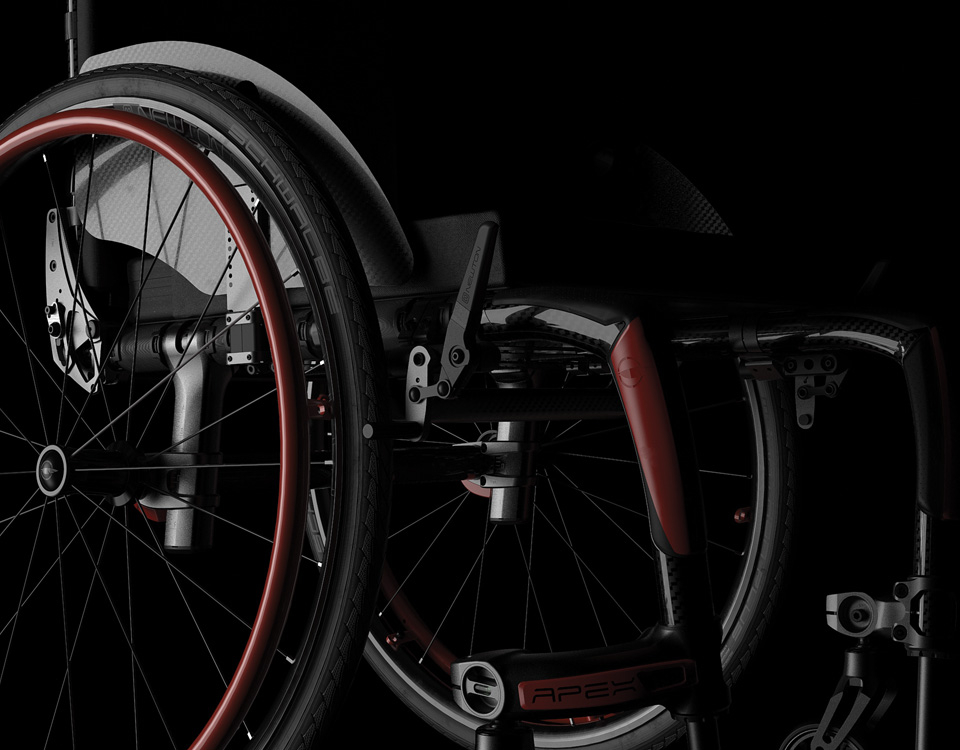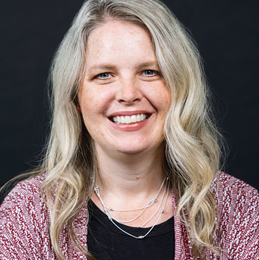Breaking Down the Process
Understanding the process and how it will work for your client is important in getting the proper equipment funded. By breaking down the process into manageable steps, you can ensure you have what is needed to secure funding.
The process and steps to make it more manageable will be discussed over three total blog posts.
- Research the Funding Source
- Evaluation
- Key Terminology
- Defining and Understanding Key Product Features
- Ruling out Less Costly Alternative
Connecting the Dots
Begin by researching the funding source. The best way to ensure you can get the funding source to work for your client is to know and understand how it operates. Locate, read, and understand the funding manual along with eligibility requirements for the specific funding program you are working with for this individual client. Using the verbiage of the specific funding source will allow for better clarity and allow the reviewer to better understand what you are asking. Know the exact process to ensure the steps are completed in the proper order. This could include the denial and appeals process as well. If you truly believe your client needs what you are prescribing, complete the documentation/application as if you will be on the case until they get their equipment. This will allow for the best possible outcome.
It is also important to remember to remain client centered throughout this process. It is easy to get lost in “what is most easily funded” and forget that what is best for the client is NOT the same as most easily funded. Discuss options with the client, even if you know there are funding limitations. We do our clients a disservice if we only present options that are easily funded. We should not withhold information about technologies that may be on the market. These technologies could make a huge difference in that client’s functional abilities. Allow clients to make their own decisions and work with the funding, but ultimately provide full information and resources as able. The client needs to be able to ultimately decide what is best for them.
Evaluation
Completing a thorough evaluation is an important starting point of the funding process. History taking, including client diagnosis, is an extremely important part of the evaluation. Many funding sources do NOT have specific diagnosis requirements for ultralightweight manual wheelchairs. Therefore, the documentation needs to relate their diagnosis to the specific features of an ultralightweight manual wheelchair. Relate the diagnosis to the clients’ mobility limitation and provide the most likely progression and what could happen if they are NOT provided with the optimally configured custom equipment requested. Painting a picture of your client’s current and perceived limitations can help the reviewer understand how the recommended equipment relates to the specific functional and medical needs of the client.
Along with the diagnosis, it is best to discuss activities the client currently performs in the home and community, and what current goals and future goals the client may have in which the requested device can enhance mobility. This is also an opportunity to discuss what assistive devices your client currently uses and how specifically they are not optimum to meet your client’s needs.
Objective data can also be gained from the evaluation, and it is important to specifically justify the need for features in an ultralightweight manual wheelchair. Range of Motion (ROM) and Manual Muscle Testing (MMT) can both be quantified objectively and directly related to the recommended features. Along with ROM and MMT, it is important to include pain or any other significant measurable symptoms and relate it to client’s functional status, including limited ambulation and decreased ability for propelling a standard wheelchair. By using client specific information, and relating it t0o the requested device, you are beginning to connect the dots; and helping lead reviewers to see the connection between justification and requests. This will make it more likely for them to approve funding for the device.
Finally, upon completion of the thorough evaluation, you will discuss both the current and future functionalities. Here is an excellent chance to use narrative to connect history/diagnosis/ROM/strength with functional status both within and outside the home. Most of the funding sources entirely care about what is going on INSIDE the home, and some want to know both IN and OUTSIDE the home. Therefore, the better the picture you paint of your client and how the requested equipment will be utilized in different environments, the more you can help to justify it. Also ensure the narrative includes what activities are limited. Just because they ARE doing something, does not mean they are doing it well or in the most efficient and best/safest way possible.
Do not be afraid to take the reviewer on a journey. For example: If your client is NOT provided with a requested device, they WILL most likely spend significantly more time in bed or in a poorly fitting wheelchair, leading to a more sedentary lifestyle. They WILL likely develop a pressure ulcer, which will make them bedbound; they could develop pneumonia, possibly become septic, and ultimately die.
In the next section of this blog on funding, the focus will be on Key Terminology commonly used with funding sources (Read Part II).







